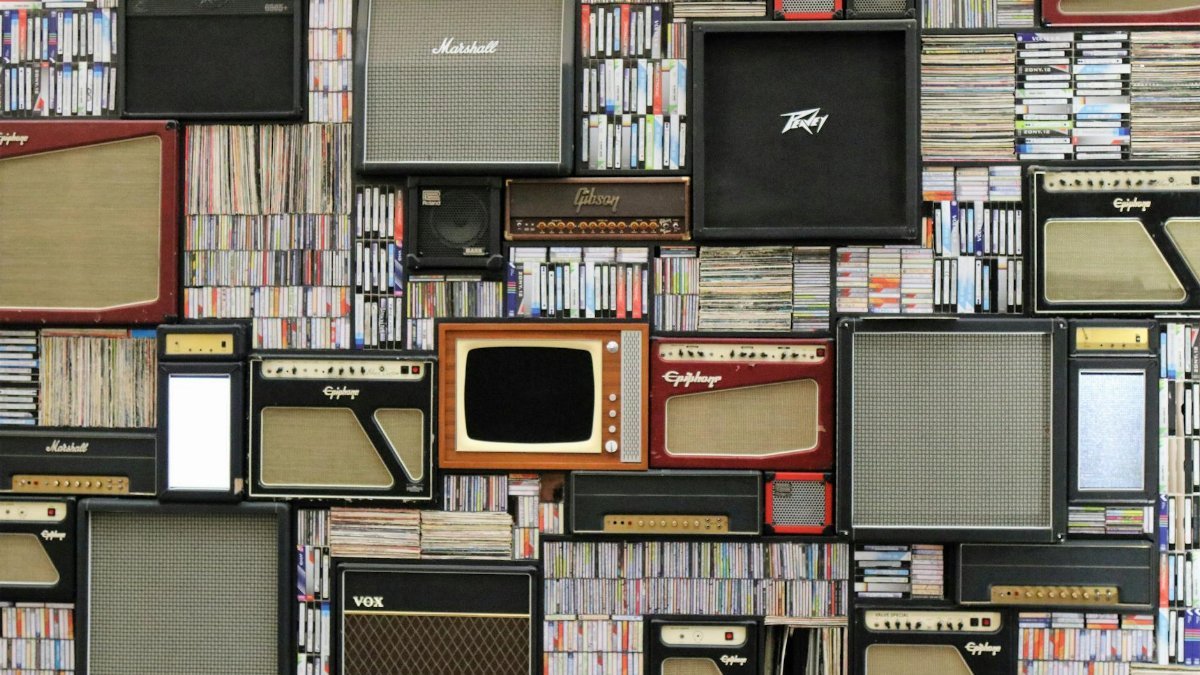Imagine a quiet evening at home, the kind where the hum of daily life finally settles. A couple sits on opposite ends of the couch, each engrossed in their own digital world—one streaming a documentary, the other gaming with friends. No lag, no buffering, no arguments over bandwidth. This isn’t just a tech upgrade; it’s a glimpse into the growing trend of dual router marriage, a practical solution some couples are adopting to ease the friction of shared internet use. As homes become hubs for work, entertainment, and endless scrolling, the strain on a single Wi-Fi network can mirror deeper tensions. But could splitting the signal be a surprising key to harmony? More therapists and tech-savvy partners are saying yes, pointing to reduced stress and fewer petty conflicts. It’s a small fix with outsized impact, reshaping how modern relationships navigate the digital age.
The Digital Divide in Modern Homes

In 2025, the average American household is a tangle of devices—laptops for remote work, tablets for kids’ homework, smart TVs for binge-watching. Add in gaming consoles and ever-present smartphones, and a single router often buckles under the load. The result? Frustration that spills over into relationships. A spouse waiting for a Zoom call to load might snap at a partner streaming 4K video. These aren’t just tech glitches; they’re moments that chip away at patience. According to a report from the Pew Research Center, 87% of U.S. adults now rely on high-speed internet at home, a number that’s only climbing. When the network falters, so does the mood. Dual router marriage—setting up two separate Wi-Fi networks—offers a way to sidestep this. It’s not just about speed; it’s about creating space in a shared life.
Why Therapists See It as a Win

Couples therapists are increasingly hearing about tech-related spats. Late-night arguments over who’s hogging the Wi-Fi have become a modern stand-in for older fights about chores or finances. Dr. Emily Harper, a family therapist based in Seattle, notes that small stressors like slow internet can amplify underlying issues. “When a couple is already stretched thin, a lagging connection becomes the last straw,” she says. Her solution for some clients? Separate routers. By dividing the digital load, partners carve out autonomy without needing to address every underlying tension. A 2023 study from the American Psychological Association highlights how reducing minor conflicts can improve overall relationship satisfaction. Dual router marriage isn’t therapy, but it’s a practical step that buys breathing room for deeper work.
Bandwidth as a Boundary

Think of a single router as a shared highway—everyone’s vying for the same lanes, and traffic jams are inevitable. Dual routers split the road, giving each person their own path. For Sarah and Mike, a couple in their late 30s from Austin, this shift was revelatory. After months of bickering over dropped video calls while one worked and the other gamed, they installed a second router. “It’s like we each have our own space now, even when we’re in the same room,” Sarah shared. The fix cost them less than $100 and a Saturday afternoon of setup. Beyond the tech, it’s about boundaries. As homes blur the lines between office, entertainment hub, and sanctuary, carving out personal digital territory mirrors the need for emotional space. It’s a subtle but powerful parallel.
The Tech Behind the Trend

Setting up a dual router system isn’t as daunting as it sounds. Most modern homes can support two networks with minimal gear—a primary router from the internet provider and a secondary one purchased separately, often for under $150. Tech experts recommend placing the routers in different areas of the house to avoid interference, then assigning devices to each based on usage. Heavy streamers or gamers get one; lighter users like email-checkers stick to the other. A guide from CNET breaks down the process in simple steps, emphasizing that even non-techies can manage it. The result is smoother connections and, for many, smoother conversations. In a world where tech often divides, here it quietly unites—or at least keeps the peace.
Unexpected Emotional Benefits

Beyond the practical, there’s something deeper at play with dual router marriage. It’s not just about avoiding a spinning loading icon; it’s about respect. When partners no longer have to compete for bandwidth, they’re signaling a willingness to accommodate each other’s needs. This mirrors findings from a study by the Gottman Institute, which shows that small acts of consideration—like turning toward a partner’s needs—build trust over time. One anonymous account shared online captured this sentiment: feeling “seen” when their spouse suggested a second router to support late-night work sessions. It wasn’t a grand gesture, just a quiet nod to individual priorities. In an era of constant connectivity, these micro-moments of care stand out. They remind couples that harmony often hides in the mundane.
Challenges to Consider

Of course, dual router marriage isn’t a cure-all. The upfront cost, though modest, can be a hurdle for some. Older homes might struggle with wiring or signal range, requiring additional extenders. And for couples where tech isn’t the core issue, splitting Wi-Fi won’t touch deeper disconnects. Therapists caution against using gadgets as Band-Aids for communication breakdowns. “It’s a tool, not a solution,” warns Dr. Harper. There’s also the risk of over-reliance on separate systems creating literal and figurative distance—each partner retreating to their own network, their own world. Balance matters. The tech should ease tension, not replace the messy, necessary work of talking through what’s really wrong. For every success story, there’s a couple who finds the fix falls flat.
A Broader Cultural Shift

Zoom out, and dual router marriage reflects something larger about 2025’s domestic landscape. As remote work cements its place—over 25% of U.S. workers still operate from home, per recent data—households are under new pressures. Digital demands aren’t just technical; they’re emotional, testing how couples share space and resources. This trend also speaks to a growing acceptance of personalized solutions in relationships. Just as some partners keep separate bank accounts or sleep schedules, separate Wi-Fi networks nod to individuality within partnership. It’s less about division and more about adaptation. Technology, often blamed for isolating us, here becomes a bridge—or at least a buffer. For middle-aged couples juggling careers, kids, and endless notifications, that buffer might be the difference between a rough night and a restful one.
Is It Right for Every Couple?

Not every home needs dual routers, just as not every argument stems from a slow connection. Couples with minimal device overlap might find one network plenty. Others might balk at the hassle of setup or the aesthetics of extra tech cluttering their space. But for those caught in the crossfire of buffering battles, it’s worth a conversation. Start small—assess how often internet issues spark friction. If the answer is “weekly” or more, the investment might pay off in calm alone. Therapists suggest pairing the tech tweak with a broader check-in: Are there other shared resources causing strain? Dual router marriage works best as part of a larger dialogue, not a standalone fix. It’s a reminder that even in the digital age, relationships thrive on intentionality, not just innovation.
